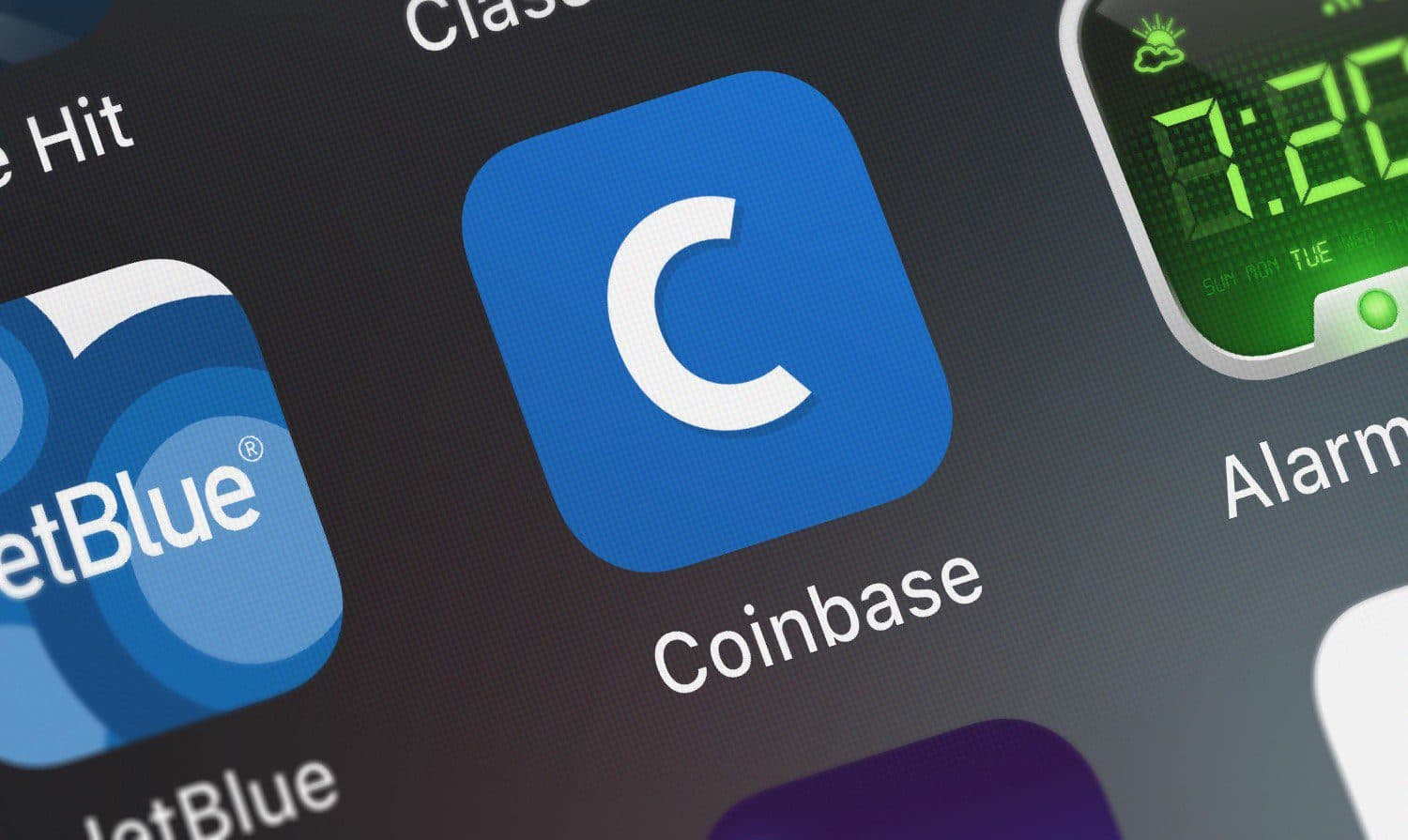Coinbase Direct Listing: Shares are Limited, Demand is High
Julie Chariell, Bloomberg Intelligence analyst said, “The direct listing limits the amount of shares that are available, you don’t have advisors and investment banks, offering green shares, additional shares and so on, in order to meet that demand, so the market is just going to be so tight.”

Source: Shutterstock
- With a direct listing, it’s the company’s current shareholders that offer the shares to the public
- With an IPO, there is a lock-up period, usually around six to 12 months, where existing shareholders (employees, early investors) are blocked from selling their shares; direct listings have no holding period
Coinbase is set to become the first major crypto company to go public in the United States today. The cryptocurrency exchange decided to forgo the typical initial public offering and instead took the less-traditional direct listing approach. This means shares are limited, demand is ample and it’s likely going to take a while for the dust to settle.
“Crypto is coming more into the forefront, and becoming more legitimized with the first big company going public, so the demand is going to obviously be incredible,” said Julie Chariell, Bloomberg Intelligence analyst. “The direct listing limits the amount of shares that are available, you don’t have advisors and investment banks, offering green shares, additional shares and so on, in order to meet that demand, so the market is just going to be so tight.”
IPO vs. direct listing
With an IPO, new shares of a company are created and sold to the public. The company works with an underwriter, who decides how shares will be priced, buys the available shares from the company and sells these shares to investors. IPOs allow companies to raise capital. With a direct listing, it’s the company’s current shareholders that offer the shares to the public. No new shares are created and no capital is raised.
“In a traditional IPO, the company itself is issuing shares, so they’re taking unsold shares out of their corporate treasury, and they are selling those shares to the public,” said Jeff Dorman, chief investment officer at Arca. “The direct listing is the opposite. The company’s not selling any shares, so the company itself makes no money from this.”
With an IPO, there is a lock-up period, usually around six to 12 months, where existing shareholders (employees, early investors) are blocked from selling their shares. Direct listings have no holding period. The shares that trade on the first day of the direct listing come from the existing investors that already own it, so price and supply are not set or guaranteed.
“So what happens is, you’ve got your 24-year-old developer at Coinbase who might have shares at Interactive Brokers or Fidelity,” said Dorman. “They’ll put their shares out at a price, the venture capital investors will put their shares out at a price, other early employees will put their shares out at a price, and the bids will pour in from financial advisors. Everywhere else, it’s the market maker’s job to figure out what those clearing prices are until it starts trading.”
Settling down
While IPOs have a set initial trading price, direct listings do not. Before the shares hit exchanges on opening day, a selected market maker will set the initial reference price based on market demand. When Spotify went public via direct listing in 2018, Morgan Stanley played this role. Nasdaq gave Coinbase a reference price of $250 a share on Tuesday ahead of Wednesday’s listing.
“In an IPO, it’s controlled. The underwriter knows where the buyers and sellers are, and it’s usually around the IPO price,” said Dorman. “Whereas here, I might think it’s worth $1,000 a share and put an offer there, and someone else might only think it’s worth $200 a share and put their bids there.”
Because direct listing share prices are not set ahead of time, it can take some time for prices to settle.
“It’s really going to be about where those bids are coming in, where they can find that equilibrium with a high enough price that the current holders are willing to sell,” said Chariell. “I would imagine that would have to be a pretty high price, certainly north of wherever it is looking to open, and I think it will probably take some time for that to shake out.”
Painting the picture
Coinbase’s financials help paint a picture of what we can expect today. Last week, the company published higher than expected first quarter earnings. Coinbase currently holds $223 billion in assets on the platform, representing 11.3% of crypto asset market share with some $122 billion coming from institutions.
“If we look at where multiples are now, for other direct listed companies, or other just recent tech and fintech IPOs, we’re looking at multiples easily at around 24 or 25 times, which puts the stock around $400 to $600 a share,” said Chariell. “So if it’s somewhere in that range, the sellers are able to say, ‘okay, this is going to be a $600 valuation, that may be the best scenario that we may see for 2021, I’ll take the money and run at this point.’”






